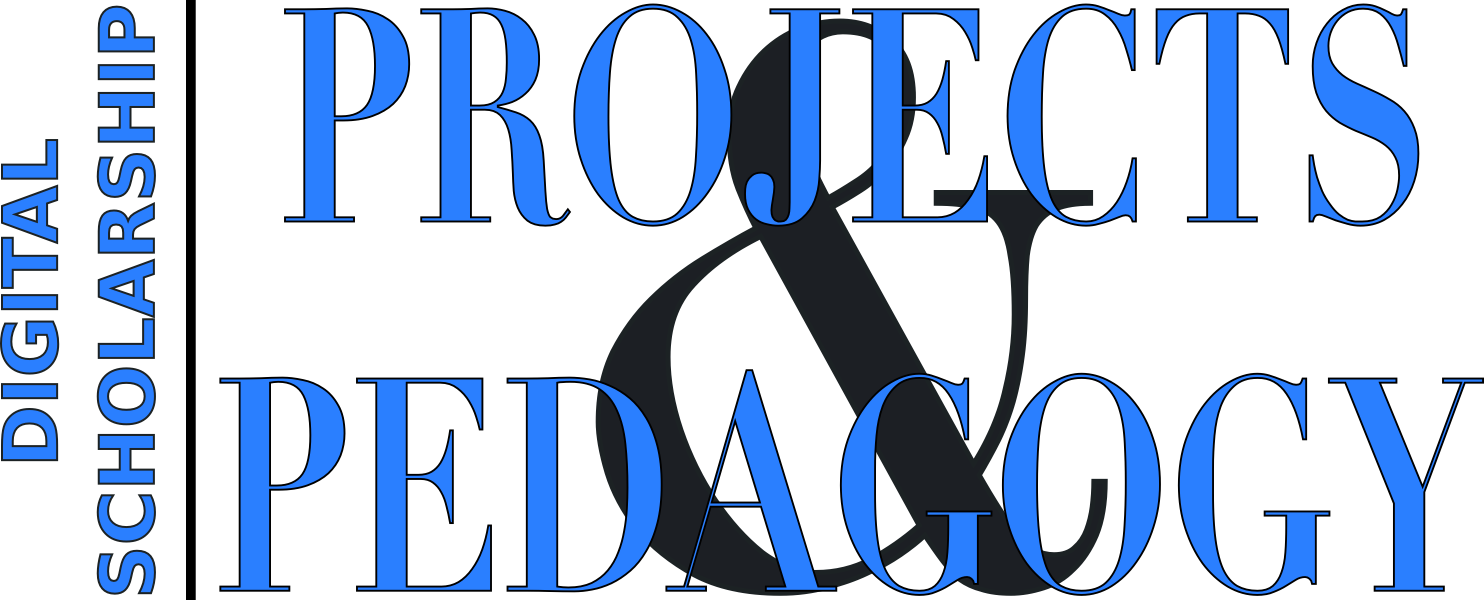
See this project’s code on GitHub!
This project is for the development of a Rich Internet Application (RIA) that will allow students and faculty to create on-the-fly maps of data. It fills a void between the simplistic displays in Google Maps (e.g.) and the cumbersome workflows of Neatline or ArcGIS. If a presenter (or a student, or a professor) has spatial data, the temporal shifts of which would be valuable to visualize, this tool provides a simple two-step process. Moreover, this tool highly expandable and can be used by students, faculty and professionals anywhere over the web. Originally conceived as a time/space visualization for a senior IS (in AY 15/16), the potential for use with other kinds of data in a great many disciplines became clear. The project is interdisciplinary and interdepartmental, bringing together faculty and staff from all over campus to work together on a project that has Mr. Philips-Gary’s experiential, experimental pedagogical process at its core.
This project, if approved, will give recognizable pedagogical shape to students’ unique experiential interests, work that often happens outside of the classroom. Also, from the level of institutional infrastructure, allows us all to test this way of solving the technical design and tool-building problems that often stop projects before they start. We do not have developers on staff that are dedicated to building apps and tools (or, rather, a team of developers that would be needed); we do have plenty of students. If we can identify these talents and interests and then give them the opportunities to develop them further, we do them a great service while testing the possibility of student-led programming of digital scholarship projects.
The pedagogical implications of this project are both implicit — insofar as we’re shaping an opportunity for experiential education — and explicit, as the faculty involved are committed to deploying the tool in the classroom. This fall the tool will be incorporated into Prof. Holt ‘s course on Colonial Latin America as a teaching tool and a resource for student projects. Again in the spring Drs. Bonk and Judge will use the tool in student projects in their respective courses. As examples of potential incorporation in Prof. Bonks’ course on War and Society in China:
-
Mapping the effects of war in cities. Based on an examination of a series of historical maps, travel accounts, photographs, or travel guides, this option will require students to consider how a city (or part of a city) was affected by war. For Shanghai, a rich collection of maps is available at http://www.virtualshanghai.net/Maps/Collection. Other collections of historical maps are available at http://www.lib.utexas.edu/maps/historical/history_china.html
-
Mapping the contested histories of a war (or battle). This option will require students to identify and map different textual or visual representations of the same war (or battle), preferably produced by men or women on opposing sides. English language sources are available for the Opium War, Taiping Rebellion, and many of the twentieth century wars.
-
Biographical mapping. Students will consider how the life of an individual or group of individuals (combatant or noncombatant) was shaped by war. Possible sources could include A Woman Soldier’s Own Story: The Autobiography of Xie Bingying.
Additionally, these deployments will be part of an iterative bug testing process through which Mr. Philips-Gary will refine his tool over the course of the fall and spring. Conceiving and implementing a real-world testing environment will be an educational exercise led most directly by Dr. Breitenbucher in Educational Technology, where Mr. Philips-Gary will work as an employed Student Technical Assistant (STA).
